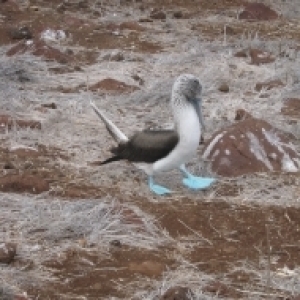Tanning tubs (pits)
Spent the evening in the local tannery being led around by a truly amazing man who has taken over as marketing and new ideas director and increased the business in under 10 years from 1% overseas sales to over 45%. They don't make the final goods, only the leather that is used - everything from shoes, handbags, wallets and belts for the top end of the market (Japan, China, USA) to bike saddles, horse saddles, cricket balls, police holsters and belts and unbreakable leads for police dogs... The hides are sourced from all over Asia and South America - bulls and buffalo - and nothing is wasted. Hair goes to make nitrogen rich fertiliser, collagen scrapings get made into face creams, sausage skins etc. We saw so many different processes but the picture is of the tanning side - to the left a traditional oak process is used which takes each hide one year and one day (historical time set down by the old unions). To the right are tannins from a variety of different trees which all come from sustainable sources and this process only takes 14 days, moving the hides forward into increasingly concentrated pits every day. The business is only one of three heavy leather tanneries left in UK. In the past more workers were employed by British tanneries than all the coal miners - there are a few other British tanneries working with sheep and goat skins and exotics

Comments
Sign in or get an account to comment.


